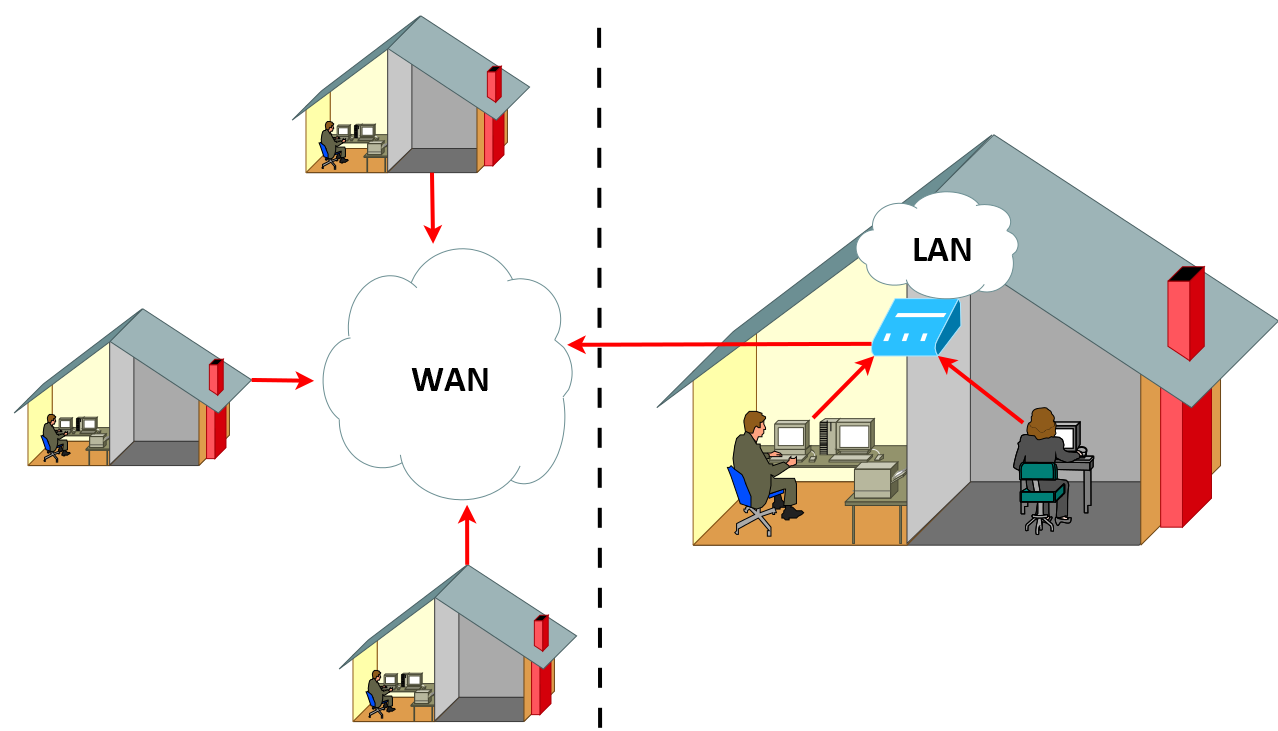Network Address Translation (NAT) is the method where a network device, regularly a firewall, gives a public address to a machine (or group of machines) inside a private network.
Network Address Translation (NAT) is a mechanism for switching the internal IP addresses located in packet headers into public IP addresses for sending across the Internet. NAT provides many advantages, such as being able to connect a complete network to the Internet using only a single (or just a few) leased public IP addresses.
Network Address Translation enables you to use the private IP addresses described in RFC 1918 in a private network while still being able to communicate with the Internet. NAT secures a network by hiding the IP addressing design and network topography from the Internet. It also offers security by restricting connections so that only connections starting from the internal secured network are permitted back into the network from the Internet. Therefore, most intrusion attacks are automatically dismissed.
NAT can be seen in a lot of hardware devices and software products, such as firewalls, routers, gateways, and proxies. It can only be applied to IP networks and runs at the Network layer (layer 3).

